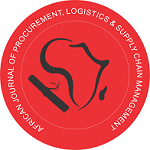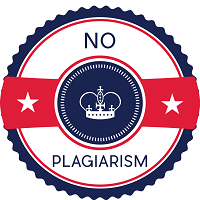1Dr. Eric Boafo Dadzie (PhD) | 2Akua Owusuaa | 3George Teye Djaba
1Department of Purchasing & Supply | 2,3Training & Capacity Building Center
1School of Business | Takoradi Technical University | 2,3CETraC Limited
Email: boafodadziee@yahoo.com | eric.dadzie@ttu.edu.gh | nakua7749@gmail.com
Abstract
Nowadays there are various and practically endless goods, jobs and services procured by corporate entities. Some of these include cleaning services, IT systems and equipment, consultancy services, food supplies, real estates, and others. Most of these acquisition decisions are made at the strategic level because of procurement importance to corporate competitiveness and attractiveness trend. Due to this, Parikh and Joshi (2005) reveal that organization decision makers are now restructuring their procurement function to achieve optimal operations. Procurement is now a big business and that the government remains the most significant entity that does acquisition and disposal on a larger scale in most countries which attracts countless players and stakeholders (Ondiek & Deya, 2013). The government does purchase from the smallest consumables to multi-million projects to meet the needs of the citizenry. According to Knight et al. (2007), in many economies in the developed world, procurement expenditure from the private sector represents around 40% – 50% in the public sector. Due to its obligations to the citizenry through the acquisition of goods, works, and services, it has gained due attention from the media, civil society, donors, researchers, academicians, and other stakeholders. This is because the public constitutes the taxpayers and they are the ones who contribute money to the government for all those acquisitions and therefore need to be served better.
There are several benefits connected to the role of procurement activities, but there are also challenges that hamper its effectiveness to achieve the intended purpose. Serpytis et al. (2011) assert that a generation of monetary savings has been the primary purpose of public procurement which directly has a significant impact on the total costs of public institutions. Knight et al. (2007) assert that ‘even though there is the substantial total value associated with public sector purchases, not much research has been undertaken to assess the public procurement systems across nations for improvement. n the report of Public Procurement Authority in 2009, it was stated that the government loses a significant percentage of its annual budget through inefficient procurement practices in most government organisations. To what extent does this assertion apply to the current procurement processes in the public sector? Therefore, it is significant for this research to be undertaken to investigate the effectiveness and issues related to public procurement and quality service in the public sector.
Keywords: Procurement Achieving Quality Service, Procurements Quality, Procurement Systems

